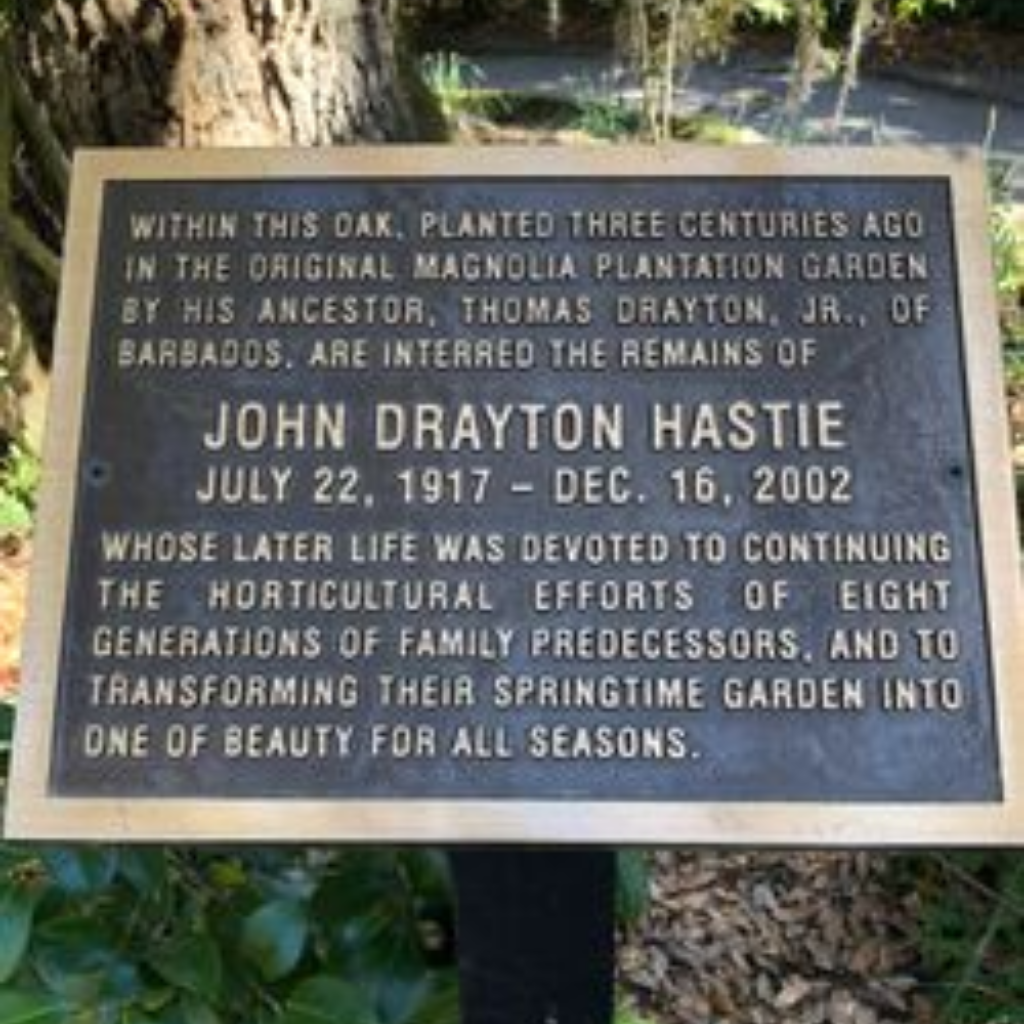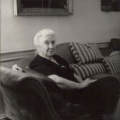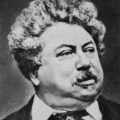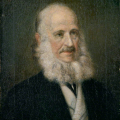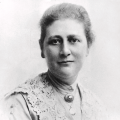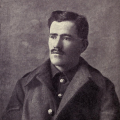John Drayton Hastie
Magnolia Gardens
Today is the birthday of John Drayton Hastie of Magnolia Gardens.
The Drayton family has lived on the plantation on the banks of the Ashley River since the 1670s.
Magnolia Gardens is often regarded as one of the most staggeringly beautiful places in the entire South. And it's worth noting that it was built on the backs of slaves.
The journalist Charles Kuralt once wrote about Magnolia Gardens. He said,
“By 1900, the Baedeker guide to the United States listed three must-see attractions: the Grand Canyon, Niagara Falls, and Magnolia Gardens.
Maybe because I am a sucker for 300-year-old live oak trees hung with Spanish moss and for azaleas and camellias and dogwoods and for Cherokee roses growing on fences — I think I’d put Magnolia Gardens first on that list.”
Representing the 9th generation of the Drayton Family at Magnolia Gardens, John Drayton Hastie was a passionate plantsman. He knew and loved all of the winding brick paths and the thousands of specimens at Magnolia Gardens - including the Middleton Oak, which measured over 12 feet in diameter.
And John knew all about the history of the gardens. In 1840, Magnolia Gardens was home to the first azaleas ever planted in America. John often said that it was the successful cultivation of azaleas at Magnolia Gardens that led to the desire for the spring bloomer all across the south - from Charleston to Mobile. And the oldest azalea at Magnolia Gardens is the Indicia from Holland.
John lived through some challenging times at Magnolia. After Hurricane Hugo ripped through Magnolia Gardens, John was optimistic saying,
“There [were] some advantages, not that I wanted them… [Before the hurricane], we had trouble getting sunlight. Now I'll be able to plant more roses and perennials."
Magnolia Gardens is where you'll find the Audobon Swamp Garden. It takes almost an hour to walk through, and it is a feast for the senses. The black water swamp is swaddled by hundreds of Black Cypress and teaming with wildlife from alligators and large turtles to herons and bald eagles.
In addition to the swamp, Magnolia Gardens has a Biblical Garden and huge maze that was inspired by the maze at England's Hampton Court to honor Henry VIII.
Through most of the 20th century, John Drayton Hastie and his wife were the friendly and knowledgeable hosts to the over 150,000 guests and tourists that visited the property every year.
Today, Magnolia Gardens is run by a nonprofit foundation that was established in 1985. And, John's grandson, Taylor, is writing a new chapter for Magnolia Gardens. Beginning in the early 2000s, Taylor worked to begin what experts called "the most ambitious" effort to unearthed the records and history of plantation slavery. The Magnolia Plantation Foundation funded the creation of a free online website and database dedicated to African American genealogy and history in South Carolina, Georgia and Florida called Lowcountry Africana.
Before John Drayton Hastie died as an old man, he'd already experienced a brush with death. Almost 70 years earlier (in 1933), when John was 15 years old, he went camping with some friends on Morris Island. And, at some point, the boys went for a swim in the ocean. John was standing near the shore in about two feet of water when a shark attacked him. The shark bit John on both legs. Somehow John managed to free himself. His buddies brought him to Fort Moultrie, where the medical staff was astounded by the severity of his wounds. John made a full recovery at a Charleston Hospital.
After John died in 2002, his remains were placed within an oak tree at Magnolia Garden. Today, there is a marker by the Drayton Oak which reads:
“Within this Oak, planted three centuries ago in the original Magnolia Plantation Garden by his ancestor, Thomas Drayton Jr., of Barbados, are interred the remains of John Drayton Hastie whose later life was devoted to continuing the Horticultural efforts of eight generations of family predecessors, and to transforming their springtime garden into one of beauty for all seasons. “
This post was featured onThe Daily Gardener podcast:
helping gardeners find their roots,
one story at a time
